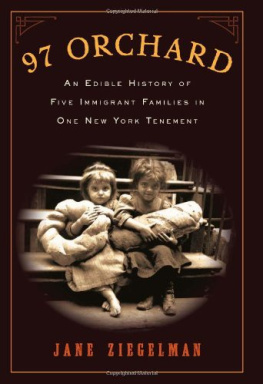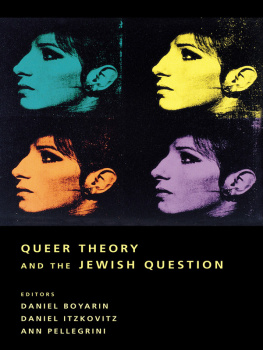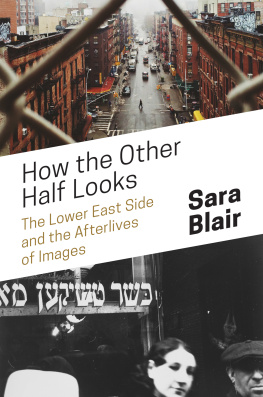Jonathan Boyarin - Mornings at the Stanton Street Shul: A Summer on the Lower East Side
Here you can read online Jonathan Boyarin - Mornings at the Stanton Street Shul: A Summer on the Lower East Side full text of the book (entire story) in english for free. Download pdf and epub, get meaning, cover and reviews about this ebook. City: New York, year: 2011, publisher: Fordham University Press, genre: Detective and thriller. Description of the work, (preface) as well as reviews are available. Best literature library LitArk.com created for fans of good reading and offers a wide selection of genres:
Romance novel
Science fiction
Adventure
Detective
Science
History
Home and family
Prose
Art
Politics
Computer
Non-fiction
Religion
Business
Children
Humor
Choose a favorite category and find really read worthwhile books. Enjoy immersion in the world of imagination, feel the emotions of the characters or learn something new for yourself, make an fascinating discovery.

- Book:Mornings at the Stanton Street Shul: A Summer on the Lower East Side
- Author:
- Publisher:Fordham University Press
- Genre:
- Year:2011
- City:New York
- Rating:3 / 5
- Favourites:Add to favourites
- Your mark:
Mornings at the Stanton Street Shul: A Summer on the Lower East Side: summary, description and annotation
We offer to read an annotation, description, summary or preface (depends on what the author of the book "Mornings at the Stanton Street Shul: A Summer on the Lower East Side" wrote himself). If you haven't found the necessary information about the book — write in the comments, we will try to find it.
In these pages Jonathan Boyarin invites us to share the intimate life of the Stanton Street Shul, one of the last remaining Jewish congregations on New Yorks historic Lower East Side. This narrow building, wedged into a lot designed for an old-law tenement, is full of clamorous voices the generations of the dead, who somehow contrive to make their presence known, and the newer generation, keeping the building and its memories alive and making themselves Jews in the process. Through the eyes of Boyarin, at once a member of the congregation and a bemused anthropologist, the book follows this congregation of year-round Jews through the course of a summer during which its future must once again be decided.
The Lower East Side, famous as the jumping off point for millions of Jewish and other immigrants to America, has recently become the hip playground of twenty-something immigrants to the city from elsewhere in America
and from abroad. Few imagine that Jewish life there has stubbornly continued through this history of decline and regeneration. Coming inside with Boyarin, we see the congregations life as a combination of quiet heroism, ironic humor, disputes for the sake of Heaven and perhaps otherwise, and above all the ongoing
search for ways to connect with Jewish ancestors while remaining true to oneself in the present.
Mornings at the Stanton Street Shul illustrates in poignant and humorous ways the changes in a historic neighborhood facing the challenges of gentrification. It offers readers with no prior knowledge of Judaism and synagogue life a portrait that is at once intimate and intelligible. Most important, perhaps, it shows the congregations members to be anything but a monochromatic set of uniform believers but rather a gathering of vibrant, imperfect, indisputably down-to-earth individuals coming together to make a community.
Jonathan Boyarin: author's other books
Who wrote Mornings at the Stanton Street Shul: A Summer on the Lower East Side? Find out the surname, the name of the author of the book and a list of all author's works by series.













